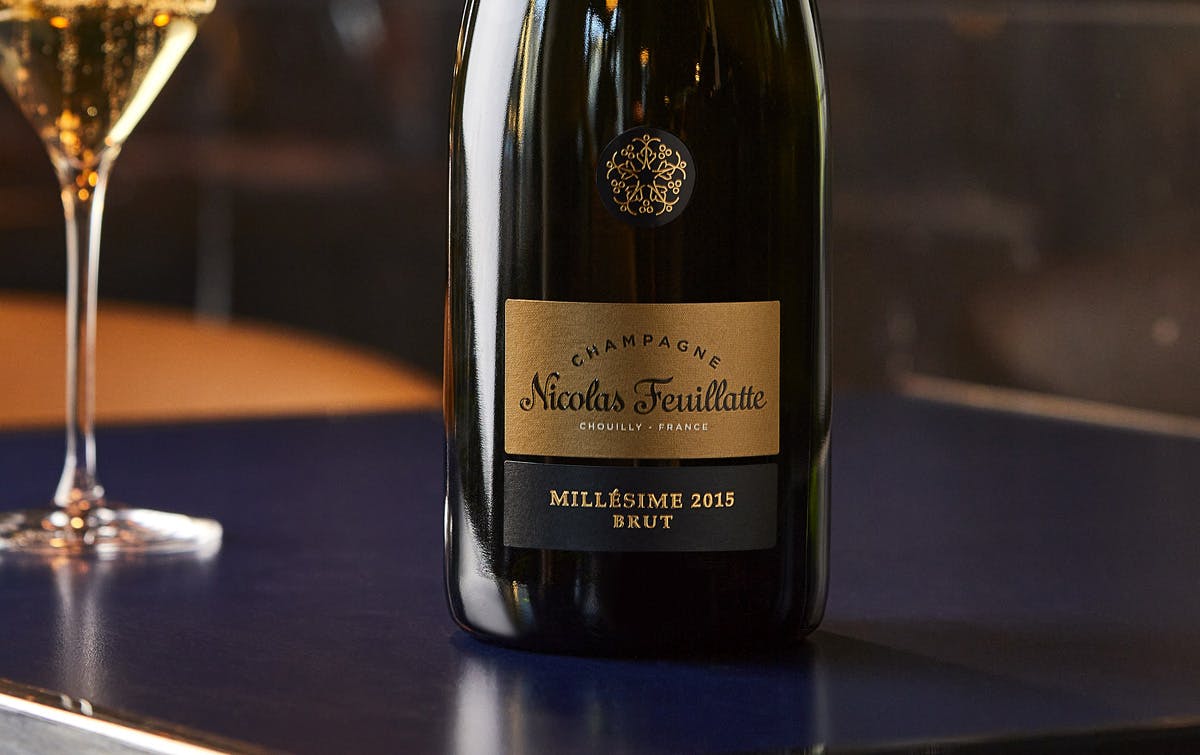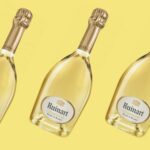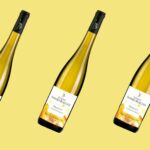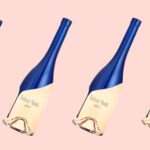Champagne, France's emblematic sparkling wine, owes its renown to its diversity and complexity. Among the many distinctions that characterize it, vintages occupy a special place. But what is a Champagne vintage, and how do these variations influence the wine's taste and quality?
What is a Champagne vintage?

A vintage in Champagne refers to an exceptional harvest year. Unlike non-vintage Champagnes, which blend grapes from several years to guarantee consistency of taste, vintages are made exclusively from grapes from a single year. They are produced only when climatic conditions have allowed a harvest of remarkable quality. This rarity contributes to their prestige.
Each vintage tells a unique story, influenced by climatic variations and producers' choices. For example, a 2008 vintage is appreciated for its lively acidity and ageing potential, while a 2012 is recognized for its balance and aromatic richness. These characteristics make vintages particularly sought-after by Champagne connoisseurs.
Factors influencing vintages
The climate
Climate plays an essential role. A favorable year, with optimal sunshine and a weather-free harvest, produces perfectly balanced grapes. On the other hand, spring frosts or excessive rain can compromise the quality of the harvest, making the production of a vintage impossible.
The terroir
The terroir, with its characteristic limestone soil, also influences the wine's aromas and minerality. Variations between plots bring subtle nuances from one vintage to the next.
Grape varieties
The grape varieties used, mainly Chardonnay, Pinot Noir and Pinot Meunier, largely determine the style of Champagne. For example, a Chardonnay-dominant vintage will be fresh and elegant, while a Pinot Noir-rich vintage will offer more powerful red fruit aromas.
The differences between vintage and non-vintage Champagnes
Vintage Champagnes are distinguished by their uniqueness. They reflect the specific conditions of a given year, offering a unique tasting experience. These wines often have a longer ageing potential, allowing them to develop complex aromas over time.
Non-vintage Champagnes, on the other hand, are designed for immediate consumption. They guarantee consistency of taste, whatever the year of purchase. Their blending of grapes from several years helps maintain consistent quality, even if the experience is less singular than that of vintages.
How to choose a Champagne vintage?

Choosing a vintage depends on a number of factors, including your personal tastes and the occasion. If you're looking for a Champagne to accompany a meal, it's important to consider the menu.
Young vintages
A young vintage, with its freshness and citrus notes, will go perfectly with seafood or grilled fish.
Aged vintages
Conversely, an older vintage, with brioche and hazelnut aromas, will enhance richer dishes such as poultry in sauce or lobster.
The great years
The reputation of the harvest year is also an important criterion. For example, the years 2002, 2008 and 2012 are recognized as exceptional in Champagne. If you're new to the world of vintages, these years are an excellent starting point.
The great Champagne houses and their vintages
Some Champagne houses are particularly renowned for their vintages. Dom Pérignon, for example, produces exclusively vintage Champagnes, each cuvée a tribute to an exceptional year.
Bollinger, with its rich, structured style, favors vintages with a high Pinot Noir content, offering powerful, complex wines. Krug, meanwhile, is known for its sophisticated vintages, combining freshness and aromatic depth. Finally, Pol Roger seduces with the elegance and balance of its vintages, perfect for accompanying refined meals.
Tips for storing and enjoying vintage Champagne
To get the most out of a vintage, it's crucial to follow certain storage and tasting rules. Store your bottles in a cool, dark place, ideally between 10 and 12°C. Horizontal storage is recommended to prevent the cork from drying out.
When tasting, serve Champagne at the right temperature. Younger vintages are best served between 8 and 10°C, while older vintages reveal their aromas at a slightly higher temperature, between 10 and 12°C. Use a white wine glass rather than a traditional flute to better appreciate Champagne's aromatic complexity.
Conclusion
Champagne vintages are much more than just sparkling wines. They embody the essence of an exceptional year, reflecting terroir, climate and the know-how of the winemakers. By understanding the differences between vintages, you can make an informed choice and enrich your tasting experiences.
If you enjoyed this article, you may also be interested in "How to choose a wine according to its vintage"!





